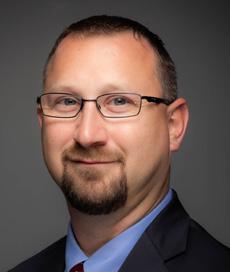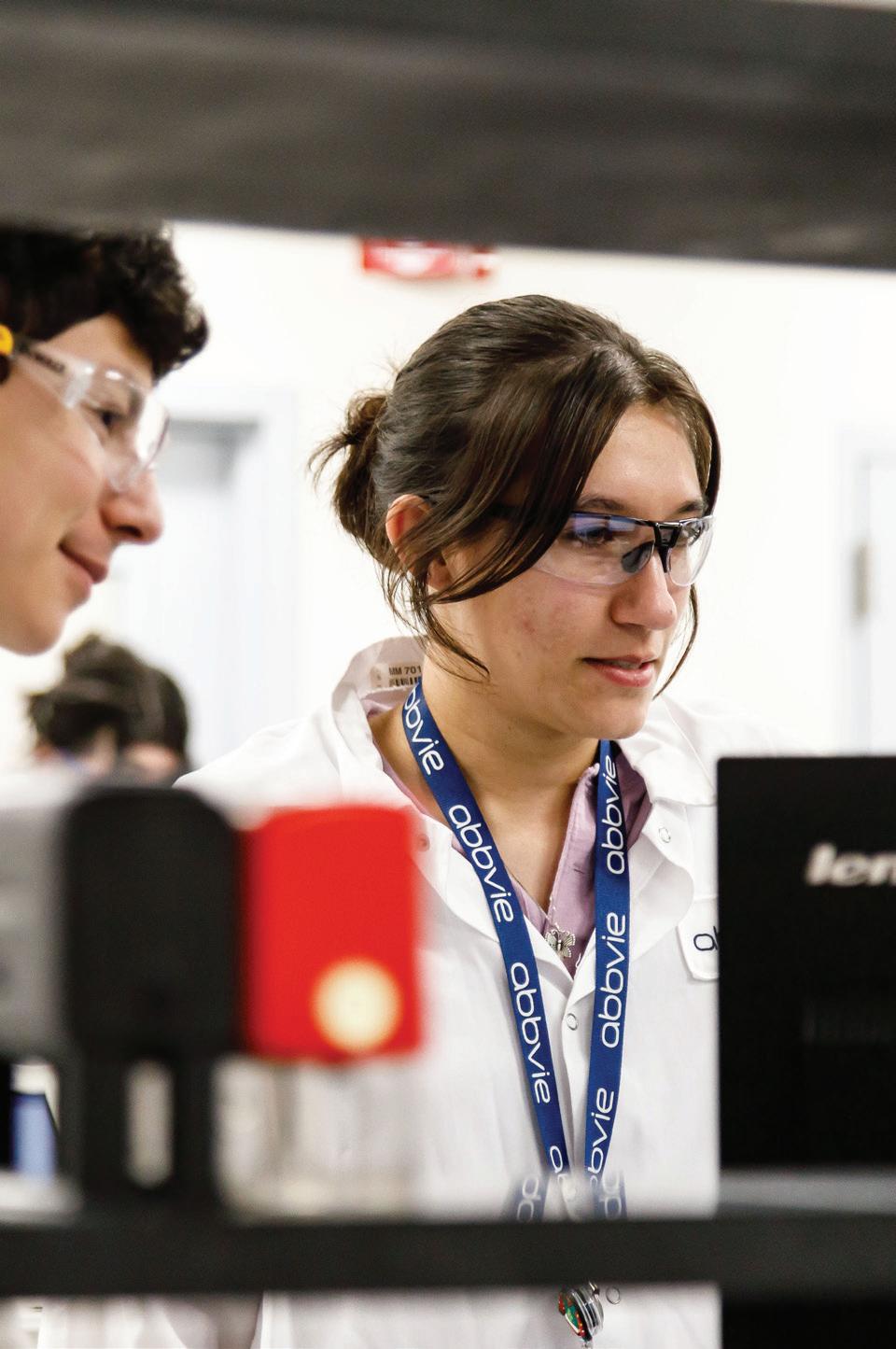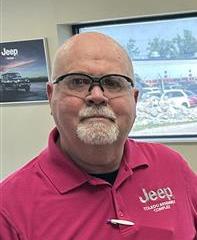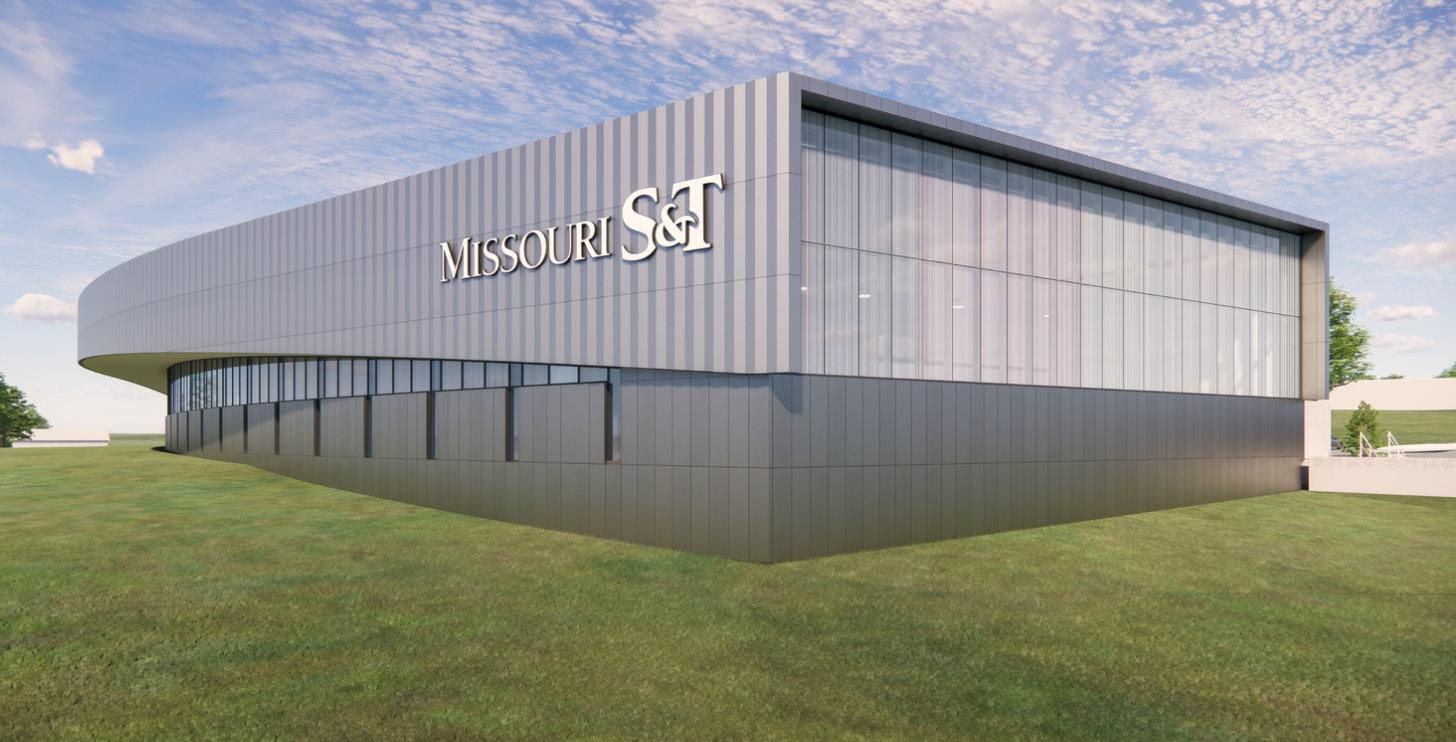




There’s a lot of change happening across America and around the world relative to manufacturing and the broader pursuit of enterprise excellence. Yet, it’s not just about automation, AI, reshoring, or streamlining processes. It’s also about people.
One of the greatest challenges facing our industries today is workforce instability. We are experiencing a demographic shift: an aging population, a shrinking labor force, and new generations who view work differently, such as where people want to work, how people want to work, and most importantly, why they want to work. This new generation is demanding that work be meaningful and that they feel part of the process. In addition, we have a growing skills gap, one that’s being amplified as emerging technologies, from automation to AI, reshape the very nature of work.
Historically, our collective focus on operational excellence has leaned heavily toward process improvement. While this work remains essential, there’s a new frontier in front of us: the people side of continuous improvement. The next great gains in excellence will come not just from improving how work is done, but by improving how people are supported, developed, and engaged in that work.
To do this, we must connect two traditionally siloed functions in most organizations: human resources and operational excellence. This is no longer optional. It’s essential because true enterprise excellence is only possible when people, purpose, and process are aligned.
Written by Kim Humphrey, President and CEO, Association for Manufacturing Excellence
Stellantis executive Tim Fallon explains the benefits of a manufacturing career and where the future of the industry is heading.
What can young people expect in terms of professional growth when they pursue a career in manufacturing?
Young people can expect to have a breadth of opportunities within manufacturing. At Stellantis, we have specific programs, like the Manufacturing Leadership Development Program, where participants go through six different divisions all in one program, so they get exposure to the many different divisions within manufacturing — assembly, stamping, powertrain, safety, and quality among them. We also have a more general leadership development program for people who want to further develop their leadership skills, whether they are in manufacturing or another organization within the company. We have opportunities in every realm of business, from accounting to supply chain to manufacturing to engineering to HR. The wealth of opportunities and the number of opportunities are staggering, and you can always find something that piques your interest and that you’ll enjoy doing.
What are some of the key reasons someone should consider a career in manufacturing?
There is always an opportunity to put your best skills to work, to be able to be successful, and to be able to put your energy and effort into something that is truly making a difference in the world. Our innovative products are on the road. They are delivering not only the ability for people to get from one place to the other,

but also delivering passion, spirit, drive, enthusiasm, and joy to people’s lives. Not only do you get to have a great time at work and really enjoy what you’re doing, but you also get to bring joy and happiness into other people’s lives as well.
How can manufacturers meet the needs of both seasoned professionals and the next generation of talent that they’re trying to cultivate? We work very hard to meet the needs of both the seasoned professionals and the next generation. We are at the forefront of new technology and much of that new technology goes into our new vehicles. We also have a very close and collaborative relationship with all of our represented employees. We’re all one team working toward one goal. It’s a very rewarding profession.
Where will manufacturing be 10 years from now?
I think manufacturing is going to continue to evolve. The need for skilled labor, the need for people who have a very technical background, will continue to increase as we continue to utilize AI, machine learning, and automation controls with the expertise and skills of our existing workforce and new employees that join the team. That will definitely continue to push our industry forward. I think it will push the entire mobility space forward, but also allow us to do it with greater technology, which will empower greater quality and also greater efficiency.

Manufacturing sits at the heart of progress, responsible for producing the goods that power our daily lives. It’s also one of the most dynamic sectors to build a career in today.
Today, 3.7 million women hold positions across the industry, accounting for nearly one-third of the manufacturing workforce. When I founded Women in Manufacturing (WiM), women made up just 26% of the field. We’ve seen steady progress since then: 1 in 3 manufacturing professionals are now female, and women hold 1 in 4 leadership roles. There’s still ground to gain, but the momentum is real, and the opportunities are greater than ever.
Our research at WiM shows that women who are in manufacturing love it. In fact, 80% would recommend it as a career path. Still, challenges remain. Women often report falling into the field rather than actively pursuing it, indicating that awareness is a major hurdle. We need to change the narrative around manufacturing early, especially for young girls, through school partnerships, mentorship, facility tours, and internships.
At WiM, we work every day to foster inclusion, build strong leadership pipelines, and create spaces where women can connect, learn, and thrive. But this isn’t just about gender equity; it’s about building a better, stronger workforce for everyone. Diverse teams drive innovation, solve problems more effectively, and reflect the communities they serve.
Written by Allison Grealis, Founder and President, Women in Manufacturing Association

How did your backgrounds shape your views on the value of skilled trades and manufacturing?
Ben: For me, it goes back to growing up in a preacher’s family and moving through small towns. We saw towns in transition, where fear and uncertainty settled in. Living near the furniture capital in North Carolina, I witnessed factories closing and jobs disappearing. That shaped why we do what we do now.
Erin: I grew up with an art background and learned about the creative economy’s role in small towns. Artists can be tastemakers and draw people in, which helps communities thrive. Our renovations aim to make beautiful homes so people want to live here and keep the town alive. We also commit to American-made products because supporting domestic manufacturing is essential for small-town survival.
Many towns across America are looking to revitalize their economies. How can investing in manufacturing and trades training be a catalyst for that kind of renewal?
Ben: Our old community college felt more like a university, but it also offered solid vocational training. Now they’re building a new school focused on the artful side of building — not just HVAC, but trades like plaster, stone, and wrought iron work.
Those crafts are disappearing, and if no one learns them, they’re gone.
Erin: A healthy town isn’t about how cute it looks; it’s about function. Do people work there? Shop there? Go downtown to buy school clothes or a box of screws?
Ben: That’s how trades and manufacturing spark renewal, by helping real towns stay alive and self-sustaining.
A healthy town isn’t about how cute it looks; it’s about function.
What advice would you give to a young person who might love creating or building but hasn’t yet considered a career in the trades or manufacturing?
Ben: A lot of young people feel stuck because their parents worked hard to send them to college, and now they feel pressured to follow a certain path, even if it’s not right for them. But you can go to a tradesperson and say, “Hey, can I help out?” Maybe they can only pay $15 an hour, but that’s probably more than you’re making now, and definitely more than you’re making while paying for college.
Stellantis, the parent company for Chrysler, Dodge, Jeep® and Ram, is celebrating its centennial this year and reflecting on the innovations, performance and heritage built by thousands of dedicated employees. Now they are looking to develop the next generation of automotive workers.

We’ve been at the forefront of innovation for over 100 years,” said Tim Fallon, senior vice president, North America manufacturing, Stellantis. “From inventing the minivan and creating the modern SUV, to our legendary HEMI® engine and our innovative Stow ‘n Go seating system, it’s our retirees who shaped our legacy and our current employees who will continue to drive our future.”
While the company celebrates the past, it has its vision fixed squarely on the future. “We’re not building cars the way they did three generations ago,” Fallon noted. “We’re integrating AI, machine learning, and a significant amount of automation with the expertise and skills of our workforce. Innovation has made us a company where people want to work.”
James Parker, Jr., vice president, North American parts supply chain at Stellantis, came to the automotive industry after serving in the military and working in law enforcement. He feels Stellantis has a uniquely supportive culture for its employees. “Before working at Stellantis, I always felt like I was a good leader, but the runway was always cluttered,” he explained. “When I came to Stellantis, it became clear. I felt like I could accomplish anything.”
Leadership is committed to employee development. “Our managers have coffee chats and other interactions to learn about their employees — and, more importantly, their aspirations,” explained Stacey Simonson-Rogowski, vice president of human resources, North America manufacturing at Stellantis.
Whether it’s a quick skills refresher or a multi-year leadership journey, Stellantis supports employees in expanding their
capabilities and deepening their understanding of manufacturing. “We have a program called the Manufacturing Leadership Development Program, which is a two-year program where participants complete six-month-long rotations in four different divisions,” Fallon said. “It really gives our people the opportunity to understand where they want to fit long term.”
On the parts and services side, the Mopar Career Automotive Program (CAP) partners with colleges and schools across the country to provide students who have a passion for cars to turn that into a career as an automotive service technician.
“Manufacturing is a great career choice,” Simonson-Rogowski said, “because you can take pride in knowing that you’ve been part of building vehicles that help people create memories, that are fun to drive and that you see in commercials during the big game.”
Whether you’re just starting your career or looking for a change, the opportunities are endless. Recently appointed CEO, Antonio Filosa, is a great example of career development – he started at the company as a paint shop quality supervisor working the night shift. A career in manufacturing can be the destination or it can be a stop on your journey.
Written by Jeff Somers

Tell us about yourself. In 1977, I started at the Toledo Assembly Complex (TAC) where the Jeep® Wrangler and Jeep Gladiator are assembled, following in the footsteps of my family dating back to my great-grandfather. I was laid off during the oil crisis in late 1970s, so I joined the army and was an infantry platoon sergeant for five years. Following that I came back to the plant and became a supervisor and graduated college. I left the company for a few years to work for a supplier abroad and then rejoined in 2016.
Tell us about your family’s history with Stellantis. Jeep is in my family’s blood. My great-grandpa worked for Willy’s in Toledo, my grandpa joined when it was Willy’s Overland and then Kaiser. My grandma also worked here, sewing seat covers during World War II. Following the Korean War, my dad worked at TAC. My sister and brother-in-law retired from here and my nephew currently works second shift in the body shop.
What opportunities for professional growth and career advancement have you had with Stellantis?
There are so many opportunities not only at Stellantis, but in manufacturing. I’ve seen so many people advance in their careers, including myself. I had a great mentor who helped guide me from a production operator to a salary job. Human resources also does a great job making sure everyone is aware of the opportunities.

Andrew Crowe, founder of the New American Manufacturing Renaissance, shares how purposedriven outreach can unlock overlooked talent across the country.

INTERVIEW WITH Andrew Crowe
Founder, New American Manufacturing Renaissance
What led you to start advocating for creating a stronger manufacturing workforce?
I’ve walked through cutting-edge manufacturing shops filled with million-dollar machines and employers offering $80,000+ careers, yet just miles away, there are entire communities — urban and rural — full of smart, capable people who’ve never even heard that these opportunities exist. With reshoring and policy shifts bringing manufacturing back to America, we’re staring down a shortage of 2.1 million workers while talent sits untapped in ZIP codes across the country. That’s why I started the New American Manufacturing Renaissance, to build bridges between talent-hungry industries and opportunity-hungry communities.
You’ve been vocal about the urgent need to close the skills gap in manufacturing. What do you think the industry gets wrong about engaging new talent?
We don’t have a skills gap; we have a vision gap. I’ve been on factory floors from Detroit to Dallas, and too many companies are still using outdated hiring playbooks, asking for degrees when they should be looking for drive, and overlooking entire communities rich with untapped talent. Meanwhile, we’re in the middle of the biggest industrial revolution since Henry Ford — robots, AI, 3D printing — and yet we can’t figure out how to connect with the next generation. What’s missing isn’t talent, it’s imagination.
Successful organizations recognize that there are essential best practices of high-performing organizations. These foundational elements create alignment, drive accountability, and foster long-term resilience.
1. Set clear, tangible, and transparent vision and values through visual management
Successful organizations clearly define roles, responsibilities, and performance effectively throughout the organization. Visual management is a key component of lean and operational excellence, and it’s especially powerful in making vision and values clear, tangible, and transparent across an organization. Visual management is a powerful tool not just for clarity, but also for driving behaviors that support performance, accountability, and culture. Making everything transparent through visual management promotes consistent habits, provides immediate feedback loops, improves accountability, reinforces positive behaviors, reduces ambiguity, builds confidence, encourages continuous improvement, and even ensures safety and compliance.
2. Establish standard work
Successful organizations implement standard work with the understanding that consistency drives excellence. Documented, repeatable processes serve as the foundation for operational success and continuous improvement. Standard work establishes a baseline using the best-known method for performing a task, incorporating key elements such as cycle times, quality standards, required tools, and performance metrics. This structured approach enables teams to consistently enhance efficiency, quality, and overall performance.
3. Have a solid foundation of accountability and ownership
Successful organizations set performance expectations to ensure everyone is accountable for results and improvement. High-performing organizations value
every team member, empowering individuals to contribute ideas, solve problems, and take ownership of their work. Leaders create a cultural environment in which people can realize their gifts, develop and apply their talents, and feel a genuine sense of fulfillment for their contributions in pursuit of a common purpose. Leaders also build strong relationships and have ongoing, positive interaction with team members that lays the foundation for open communication. Trust is earned through consistency, approachability, and active listening.
4. Maintain an unwavering customer focus backed by data-driven decisions
Successful organizations focus on the customer and rely on data to drive decisions. Continuous improvement efforts are aligned with delivering greater value to the customer, internal and external alike. World-class organizations use accurate, real-time data to measure performance, identify gaps, and guide continuous improvement initiatives.
5. Utilize the 5S methodology to build a foundation of organization and efficiency
High-performing organizations leverage lean tools like 5S to establish a strong foundation of organization and efficiency. The 5S methodology — Sort, Set in Order, Shine, Standardize, and Sustain — is built on the core principle of maintaining order. Each phase emphasizes structure, discipline, and meticulous attention to detail. Without ongoing commitment to these practices, the system’s effectiveness quickly diminishes.
Written by Kim Humphrey, President and CEO, Association for Manufacturing Excellence
From high-tech labs and hands-on training to statewide outreach, Missouri University of Science and Technology is preparing engineers and innovators to lead today’s manufacturing revolution and shape what comes next.
At Missouri S&T, we provide students with an industry-relevant education using some of the best equipment available, but that’s only part of the solution to closing critical manufacturing workforce challenges,” said Dr. Richard Billo. “We’re also committed to advancing the industry itself by fostering strong partnerships between universities, businesses, and communities to prepare a workforce with the skills manufacturers demand.”
The Missouri Protoplex Billo is director of the university’s Missouri Protoplex, which is set to open in 2026. The Protoplex will serve as a 116,000-square-foot hub for advanced manufacturing innovation and workforce development, and already has several initiatives aimed at strengthening Missouri’s manufacturing ecosystem.
It will have three levels and feature new equipment for handson training, collaborative research, and prototyping. The Protoplex’s focus areas will include advanced manufacturing, aerospace production, advanced metallurgy, and materials for extreme environments, and partnerships are already in place with manufacturers of all sizes from Missouri and beyond.
“More than just a building, the Protoplex will be a launchpad for both statewide and national impact,” Billo said. “It will be a hub where manufacturers connect with university expertise, workforce talent, and innovation networks to accelerate growth and solve real industry challenges. We
have already received millions of dollars in state and federal support focused on national defense, K-12 outreach, curriculum development, equipment and more to give manufacturing a significant boost.”
And Missouri S&T’s manufacturing support doesn’t stop there.
“Steeling” the show
Missouri S&T is also home to the Kent D. Peaslee Steel Manufacturing Research Center, an industry-funded consortium that brings together steel producers, suppliers and university researchers to solve challenges in steel manufacturing. The center’s mission is to advance the state of knowledge in steelmaking through applied research, education, and innovation that benefits both its industry partners and the broader steel sector.
The center’s director, Dr. Ronald O’Malley, received the 2025 Tadeusz Sendzimir Memorial Medal for Innovation in Steel Manufacturing Technology from the Association for Iron & Steel Technology.
S&T programs like the Missouri Manufacturing Academy, developed in partnership with the University of Missouri Extension and America Makes, introduce children to modern manufacturing careers.
This six-week after-school program serves students in grades 6-10 from across the state. Lesson topics include a general introduction to manufacturing, manufacturing skills, Missouri


manufacturing companies, manufacturing careers, fiscal and resource management, and realworld problem solving.
Degrees manufactured for what’s next
In fall 2025, S&T will launch the nation’s first bachelor’s degree program in semiconductor engineering. This new program is made possible by a $20 million private investment, part of which will fund a 2,500-squarefoot cleanroom in the Applied Research Center, expected to be completed by late 2026.
Earlier this year, S&T dedicated the new KUKA Robotics Laboratory, which includes four training cells with robots and microcontrollers. This laboratory allows students to learn the fundamentals of industrial robotics through hands-on programming and operation.
In addition, S&T offers undergraduate and graduate degrees in fields closely tied to manufacturing, including:
• Manufacturing engineering
• Mechanical engineering
• Materials science and engineering
• Electrical and computer engineering
• Systems engineering
At S&T, students interested in manufacturing don’t have to wait long to get involved in groundbreaking work. From their first year here, students get several opportunities to work with faculty researchers on projects related to additive manufacturing, smart systems, robotics, and countless other areas related to manufacturing technologies.
“We really have something special at Missouri S&T,” Billo said. “The university offers top-tier labs, industry-grade equipment, and incredible partnerships with institutions, agencies, and businesses of all sizes. We work with people of all ages and career stages to help manufacture a brighter future.”

